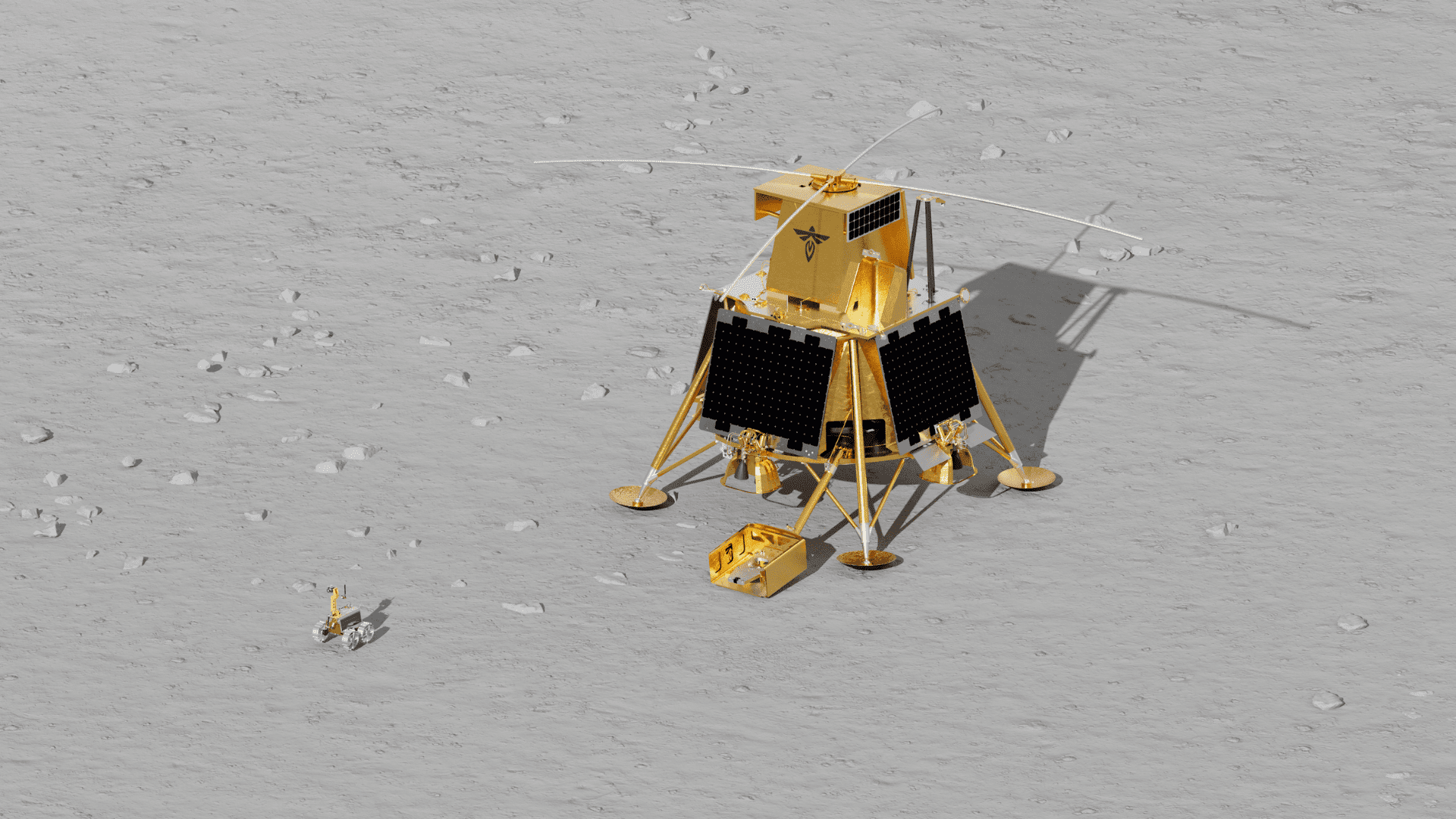University of California, Berkeley’s latest development is a humanoid robot capable of competing on the ping pong table. The robot is called the HummanoId Table TEnnis Robot, or HiTTER. This lifelike doubles as a competitive table tennis player. Its agility and precision are part of a sophisticated two-part system designed to mimic human reflexes and decision-making.
According to reports, the humanoid has successfully played over 100 shots against a human opponent. HiTTER’s table tennis skills showcase its capabilities in an unpredictable environment.
Table Tennis-Playing Humanoid Robot
At the root of HiTTER’s success is a hierarchical control system. This system separates high-level planning from low-level movements. The high-level planner is essentially the robot’s “brain,” which uses external cameras to track the ball, predict its landing spot, and calculate the optimal moment and force for a return shot.
The low-level controller functions as the robot’s “body.” Its “body” translates the high-level plans into movements. The controller was trained on human motion data. Reports call HiTTER’s ability to move “eerily similar” to that of a human player.
Challenges and Implications

Teaching a robot how to play table tennis, and the game’s demand for quick, complex decisions and hand-eye coordination, is challenging. However, UC Berkeley overcame this. Researchers combined a model-based planner with reinforcement learning. The dual approach allowed the robot to determine the best shot and learn to mimic a human’s swing and footwork. In a report from TechEBlog, HiTTER matched the consistency of a skilled player.
Furthermore, the framework’s implications are profound and go beyond the ping pong table.
Researchers say table tennis is the perfect testing ground for tasks requiring physical dexterity and quick thinking in uncertain situations. The Berkeley team provides a significant blueprint for how humanoid robots can interact with and assist humans in unpredictable environments.
HiTTER’s table tennis skills could one day extend to surgical procedures, navigation, or assisting in homes.







